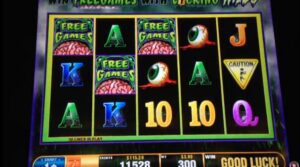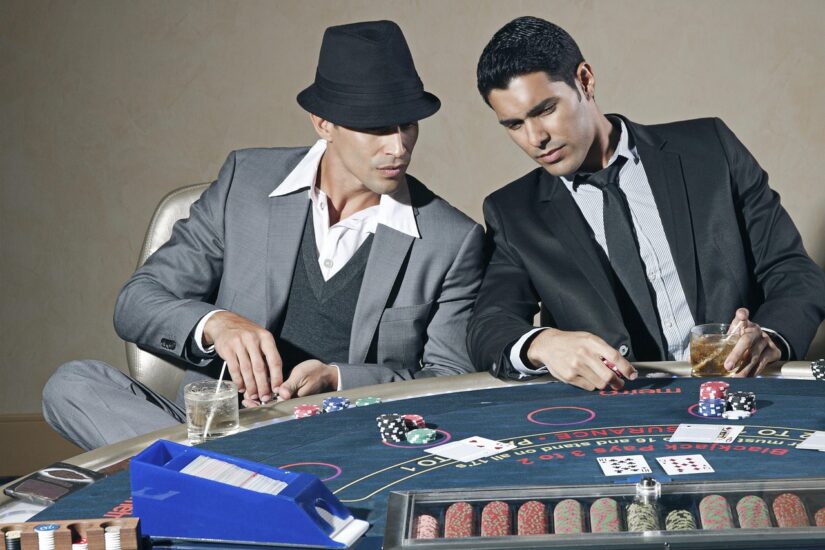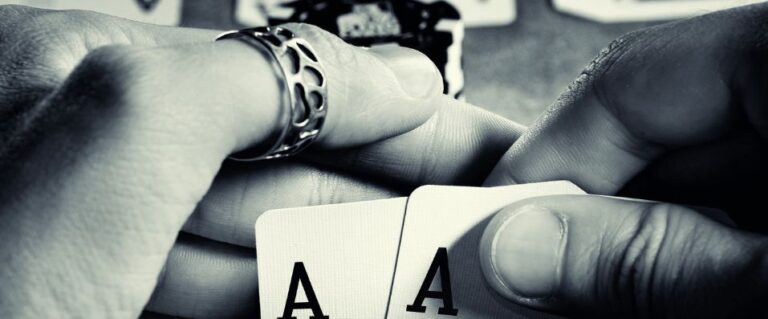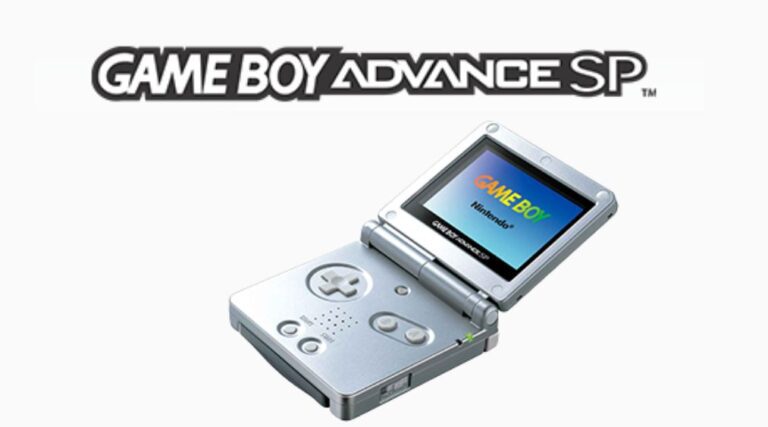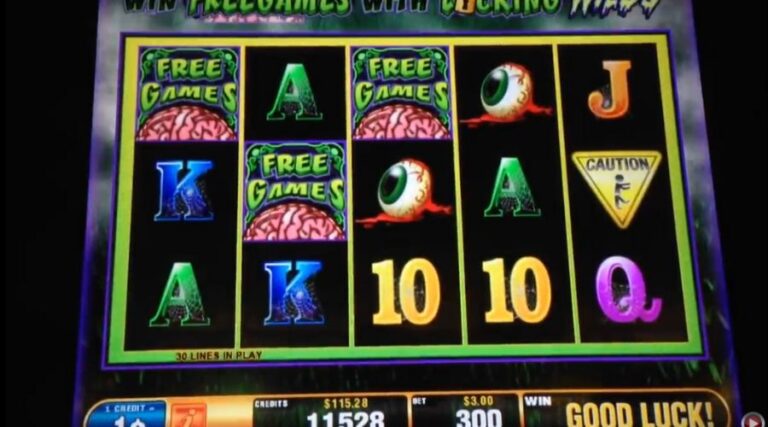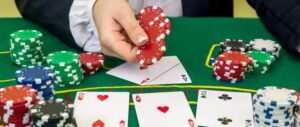Introdução à Estratégia de Blackjack
É Estratégia de Blackjack que separa os jogadores casuais dos sérios em Cassino mesas em todo o mundo. Essa abordagem matematicamente testada reduz a margem da casa para menos de 0,5% quando seguida com precisão.
A sorte pode influenciar os resultados de curto prazo, mas é a tomada de decisões estratégicas que determina o sucesso de longo prazo nesse clássico jogo de cassino.
Desenvolvimento Histórico da Estratégia
blackjack estratégia básica surgiu de simulações de computador na década de 1950, analisando milhões de combinações de mãos. Matemáticos como Roger Baldwin e Edward Thorp abriram o caminho, provocando uma grande mudança na forma como o jogo era jogado.
Moderno gráficos de estratégia são baseadas em décadas de dados e refinamento estatístico. Hoje, até mesmo o setor de jogos aceita a estratégia básica como a abordagem mais precisa para jogar blackjack.
Os dealers dos principais cassinos são treinados para reconhecer os jogadores que aplicam a estratégia. Órgãos reguladores como a Nevada Gaming Commission analisaram sua eficácia na redução da vantagem da casa.
Conceitos Básicos da Estratégia de Blackjack
As estratégias de blackjack variam de acordo com as regras locais. A contagem de baralhos, as ações do dealer em um 17 suave e as apostas paralelas influenciam as decisões estratégicas ideais.
O estratégia básica atribui ações específicas para cada mão possível do jogador em relação a cada carta aberta do dealer. Essas ações são baseadas na teoria da probabilidade para maximizar o valor esperado.
A estratégia leva em conta os tipos de mão - totais difíceis (nenhum ás contado como 11) e totais suaves (ás contado como 11). As decisões adequadas variam de acordo com a carta visível do dealer.
Quando os totais estiverem entre 12 e 16, é aconselhável bater contra as cartas do dealer de 7 a Ás. Contra as cartas do dealer de 4 a 6, permanecer com 12 ou mais é geralmente correto.
As mãos macias requerem um tratamento separado. Permanecer em um 19 suave é geralmente correto, a menos que esteja enfrentando um 9, 10 ou ás do dealer - onde bater pode ser o ideal.
Considerações Avançadas de Estratégia
Doubling down é uma das opções estratégicas mais fortes. Ela permite que os jogadores dobrem sua aposta em troca de uma carta adicional.
A estratégia básica descreve quando dobrar - tipicamente em totais de 9, 10 ou 11 contra cartas fracas do dealer (2 a 6).
Mãos suaves como 13-18 também são dobradas contra o dealer 5 ou 6. Essas situações oferecem maiores probabilidades de vitória quando jogadas corretamente.
Apesar do medo de aumentar a perda, dobrar é estatisticamente correto quando as chances favorecem o jogador. A disciplina é essencial.
A divisão de pares transforma uma mão fraca em duas potencialmente fortes. A estratégia determina quando dividir com base na carta aberta do dealer.
Sempre divida ases e oitos. Os ases proporcionam duas mãos iniciais de 11, enquanto a divisão dos oitos evita o pobre total de 16.
Nunca divida dez ou cinco - ambos já são mãos fortes. Outros pares exigem escolhas mais situacionais.
Dividir dois, três e sete contra o dealer 2-7. Dividir seis contra o dealer 2-6. Os noves devem ser divididos, exceto contra o dealer 7, 10 ou ás.
Erros e Mitos Comuns
Um dos erros mais comuns é a compra de seguro. A estratégia básica desaconselha essa prática devido à alta margem da casa.
Mesmo quando estiver segurando um blackjack, aceitar dinheiro igual resulta em um valor menor a longo prazo. Outro erro frequente é ficar em totais de 12-16 contra cartas fortes do dealer.
Acertar essas mãos geralmente produz melhores resultados a longo prazo. Esperar que o dealer seja eliminado não é uma estratégia confiável.
Os jogadores também jogam mal as mãos suaves, batendo com muita frequência ou parando muito cedo. Saber quando pressionar e quando manter é fundamental para maximizar o valor.
Variações de Estratégia Global
Os gráficos de estratégia são baseados em milhares de cálculos de probabilidade. As linhas mostram as mãos do jogador e as colunas mostram as cartas do dealer.
Cada célula da tabela apresenta a jogada matematicamente correta para aquele cenário. Jogadores sérios memorizam essas tabelas para seus conjuntos de regras preferidos.
Alguns cassinos permitem cartões de referência na mesa, mas a memorização da tabela permite um jogo mais rápido. Os treinadores digitais ajudam a reforçar as decisões corretas.
Torneio vs. Jogos de Dinheiro
Os jogadores avançados ajustam a estratégia básica de acordo com as condições do jogo. Mudanças de regras, como o número de baralhos ou o comportamento do dealer no soft 17, afetam as decisões.
Os cassinos monitoram os jogadores que aplicam a estratégia de forma consistente. Embora não seja ilegal, jogadores altamente disciplinados podem chamar a atenção.
A estratégia básica, por si só, raramente provoca a ação da casa. Os jogadores de torneios também devem considerar os limites de tempo e as posições das fichas ao ajustar sua abordagem.
Nos jogos a dinheiro, as estatísticas de longo prazo dominam. Nos torneios, a adaptação às condições variáveis e às pilhas de fichas torna-se essencial.
As plataformas on-line negociam muito mais mãos por hora, o que torna a estratégia precisa ainda mais essencial. Muitos sites oferecem ferramentas de prática por esse motivo.
A disciplina tem sido fundamental para o sucesso de jogadores como Don Johnson, que ganhou milhões ao se ater a decisões baseadas em matemática.
O trabalho de Stanford Wong enfatiza a seleção de jogos com regras favoráveis, como os jogos em que os dealers ficam no soft 17 e oferecem pagamentos de 3:2.
Peter Griffin calculou que, em um jogo de oito baralhos com o dealer em pé no soft 17, a vantagem da casa usando a estratégia perfeita cai para apenas 0,28%.
Essa é uma das menores bordas da casa disponíveis em qualquer jogo de cassino quando jogado corretamente. Estratégia de Blackjack continua a evoluir com o surgimento de novos dados e modelos.
O aprendizado de máquina agora é usado para analisar bilhões de mãos e refinar ainda mais a estratégia. Essas melhorias podem reduzir ainda mais a vantagem da casa no futuro.
Os jogos com dealer ao vivo introduzem variáveis de tempo que não estão presentes nas configurações tradicionais. Os novos programas de treinamento agora refletem essas mudanças digitais.
O blackjack é jogado em todo o mundo e as regras regionais em lugares como Macau ou Cingapura exigem adaptações locais. Os jogadores devem estudar as especificidades de cada ambiente.
O uso da estratégia básica oferece aos jogadores as melhores chances a longo prazo. Embora nenhum sistema garanta vitórias a curto prazo, jogar corretamente continua sendo a abordagem mais lógica.
Uma vez aprendido, o blackjack tem menos a ver com sorte e mais com habilidade. Os sistemas de gerenciamento de ganhos, como o Sistema 1-3-2-6 também desempenham um papel nas apostas disciplinadas.


